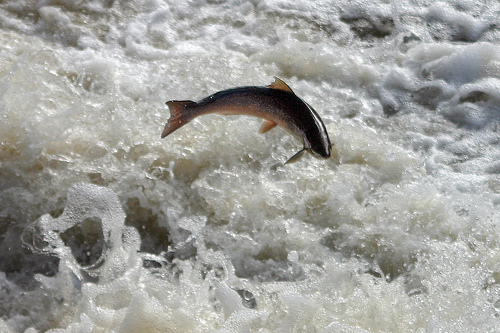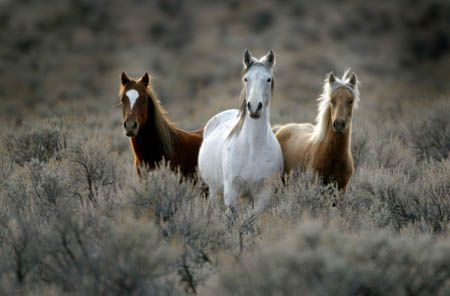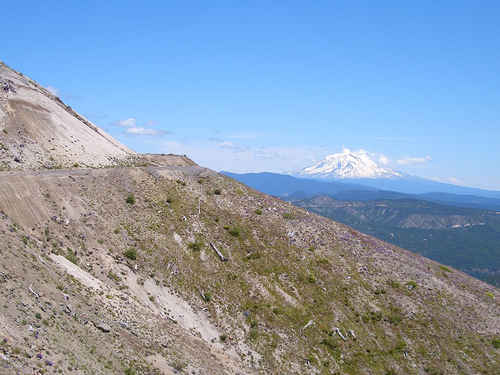 |
 |
 |
||||
Housing The Yakama tribe was an Indian tribe who was found in a plateau between the Rocky Mountains and the Cascade Mountains in the 1700s. The two types of homes they lived in were earth lodges and winter lodges.In the 1700s they used earth lodges, which were three feet deep, the poles were just sunken in the ground and the roofs cone shaped. They used branches, reeds, grass and mud to build these houses. There was also a hole at the top of the house for smoke to escape. In the 1800s they used a more modern house called the winter lodge. The house was shaped a lot like ours and it was 100 feet long with multiple families per house. There were also holes at the top so smoke could escape and light could enter. Their whole blood-line would share one house. Skills Normally is horse breeding, fighting, weaving baskets, hunting, and being a warrior. Food and Seasons In the winter they would leave the area that they housed in to go find wild game(bison and buffaloes). The only time they stayed in in a certain housing was in winter. During spring they would move to temporary camps along the Columbia River to hunt their salmon which was a huge source of food for the Yakamas. Later in the year they would go hunt for plant roots in the mountains called "Pahto". In the mid-summer they would go somewhere where there would be lots of berries and good food resources. They usually joined another community to get food and fight enemies.
Religion The Yakamas believe that a magical spirit created them out of the dirt that they lived on. They also thought they had guardian spirits just like other tribes. When the young wouldn't believe in the guardian spirits they would go into the woods with no food, water, or shelter until they admitted to believeing in these spirits. In order to believe they would sleep until a spirit entered their dreams, and once that happend they would come back and a leader would explain the dream. Also they would have certain visions at the gatherings, because the leaders would have evidence of the spirits. Their religions were personal and each family would have their own sweat house where they would sing, dance, and sweat which would have a spiritual meaning along with hygiene. They later added a new religion taught by the Smohallas(a neighboring city). This religion taught them to keep their religions and not to listen to the white men, and not give up their culture without a fight. Communication Socializing was a big part of their tribes. Because they would trade off with other tribes who were big and small. They would have a big huge gathering where they would feast, have games, trade and socialize making allies.They would trade clothes, baskets, animal skins,etc. They were close to members of their tribes. The little kids heros were the animals, because thats how they learned their behavior. Mostly animals like the turtle and the quail. The mothers carried the babies in a craddle-board when they worked. They made certain calenders when they were teens called "ititamats". All the villages were mostly independent and only depended on their cheif. The cheif normally was a wise man.They mainly based their votes off the eldery women because they were wiser. Clothes They made their own clothing out of animal skins. They wore their clothing out of plant materials like bark.Later they used deer, elk and buckskins. Before we met them the women wore tunics and the men wore capes and robes. As the white men came they were wearing modern clothes, like dresses and shoes. They also painted arm bands and the girls wore shell earings and fur, and the men wore bonnets. Yakamas Today They live in reservations as the white started taking their land. They were bothered by the whites a lot until the Dawes Act of the congress which was past in 1887. The Dawes act states that reservations can no longer be owned by the tribe. So they split different groups up and land which wasnt taken was the U.S. governments. The white thought the act would help the Yamakas to become more like them. Instead of helping it made their tribes weak along with the culture and now their power is beginnging to fade away. Finally in 1938 the Dawes act ended. So the Yakamas started purchasing some of their land back. The Yakamas now have 5,859 members on their main reservation and 3,146 other tribe members. About 800 more Yakamas live along the outskirts of the reservation. The head of the reservation is 14 elected members. The committees supervise all the different matters of living including health, education, and surviving as a Yakama. To keep the reservation they mainly lumber, farm, and work in industries. Although their fishing income has decreased, it still is part of their daily way to get money. The government gives them money for the damages due to dam construction. The Yakamas are more then welcoming to have people visit and learn about their culture to try to get more Yakamas. This would help their culture to live on. In the Lewis and Clark journal, The Yakamas were described as "mild disposition and friendly disposed." Today they are busy active people. Bib- Book- Native American People- The Yakamas. http://www.oregonpioneers.com/yakama2.htm http://www.historycooperative.org/journals/ohq/106.3/woods.html By: Amber Garcia and Marissa Hart:D |
||||||